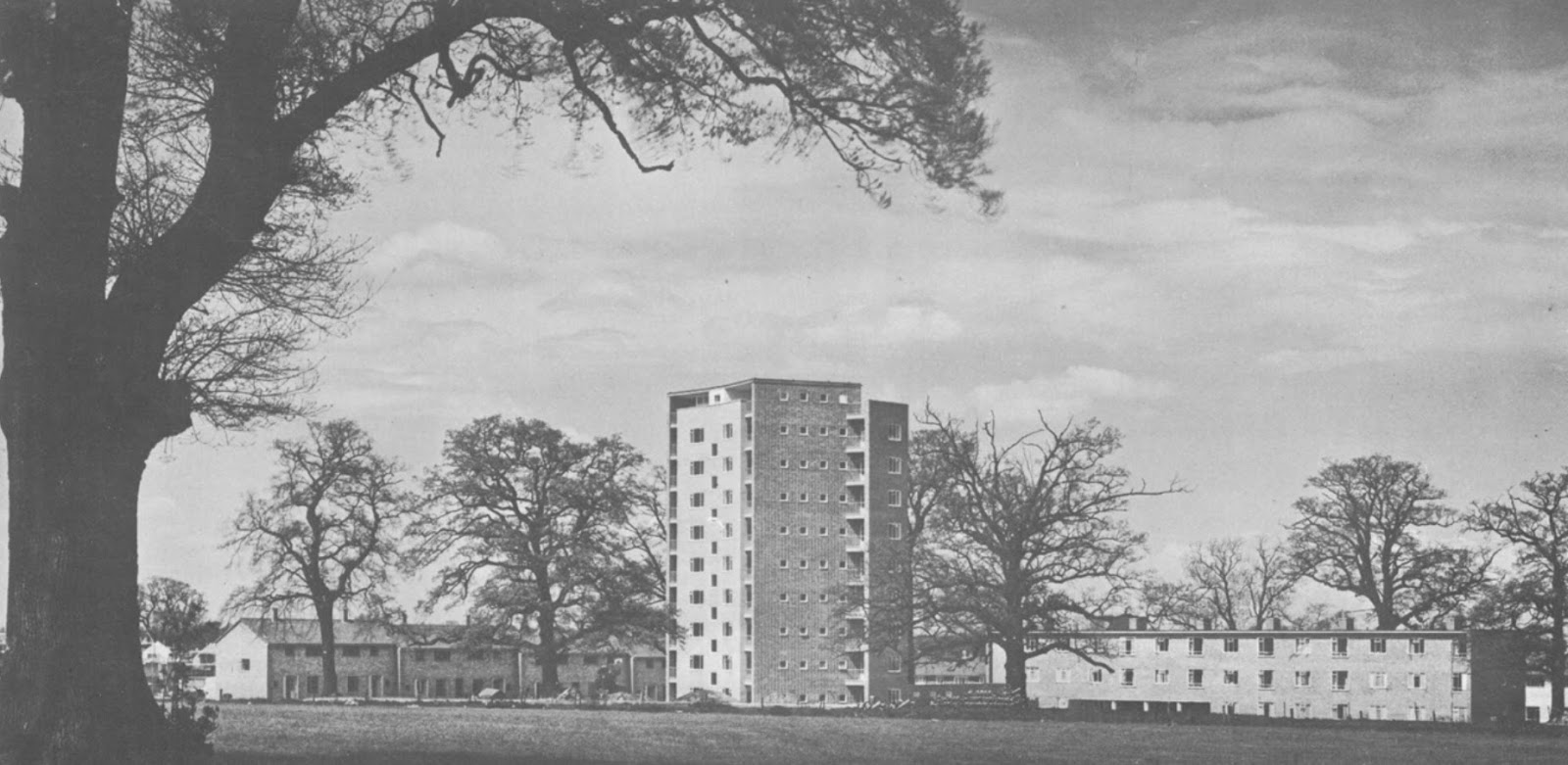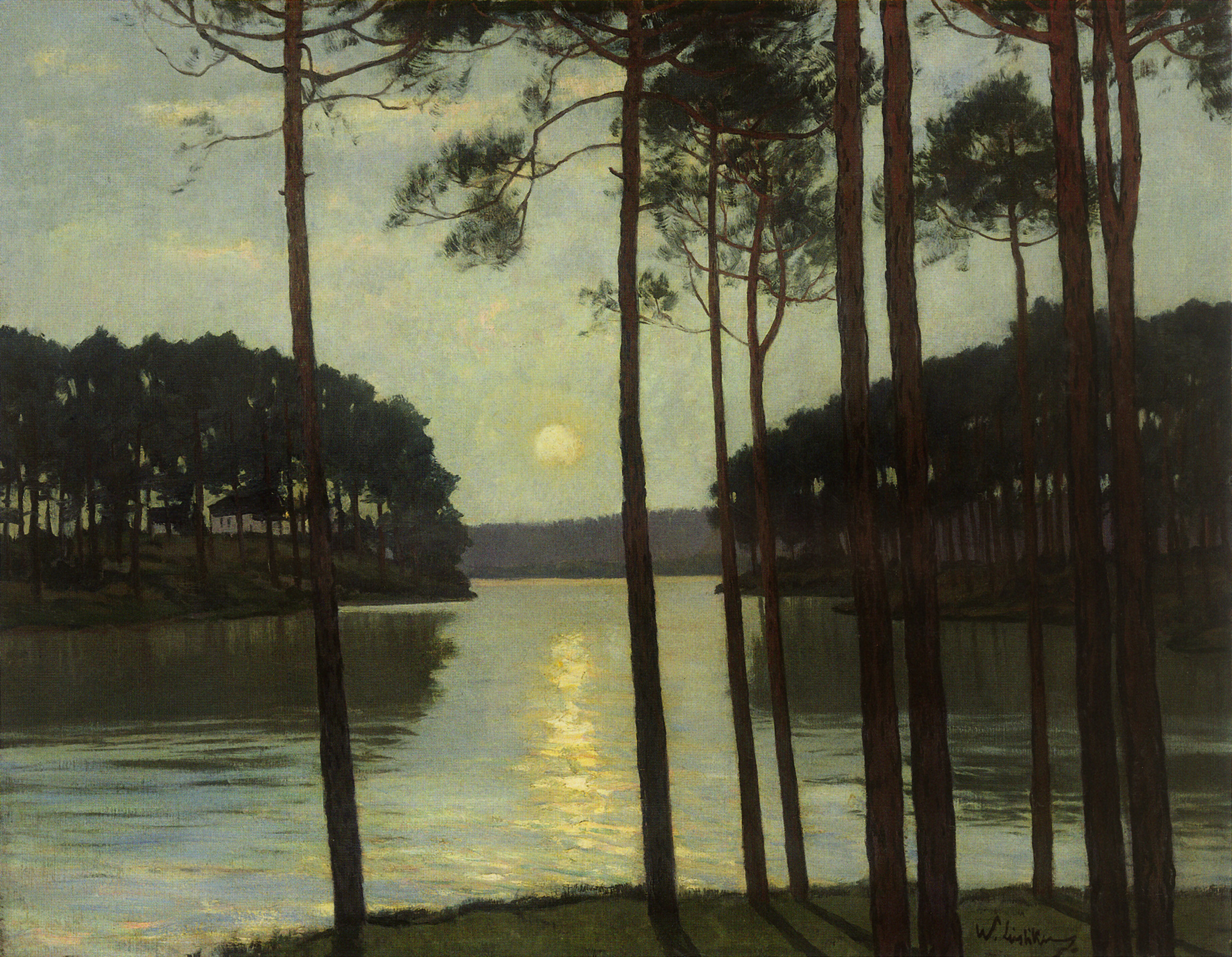In the wake of the EU referendum there has been a surge of racism and xenophobia across the UK including acts of extreme violence. A spate of attacks on Polish people in the Essex town of Harlow, for example, located not far from London, culminated in the murder of Arkadiusz Jóźwik, and has attracted international attention. Unlike the muted media coverage in the UK external observers see this murder and the atmosphere of intimidation as a shameful indictment of the UK’s declining status as a respected European nation.¹
Harlow was the future once. As one of the original new towns established under the New Towns Act of 1946, and designed by Sir Frederick Gibberd, Harlow was a state-of-the art planned settlement created in response to acute overcrowding in London. Its buildings exemplify some of the most important examples of post-war British architecture and its comprehensive park system reflects the richness and complexity of the local topography.
Politically, Harlow is a classic bellwether constituency: Labour in the 1970s, Conservative in the 1980s, regained by New Labour in the 1990s, lost again to the Conservatives in the 2010 general election. In the 2015 election this working-class seat seems to have slipped further out of Labour’s reach than ever before: it is more Tory now than even under the high water mark of Thatcherism in the late 1980s. Without Labour winning Harlow there will probably never be another progressive government in the UK again.
Part of the UK’s problem is that it has never gone through a process of collective self-reflection over its colonial antecedents, whether in Ireland, Kenya, India, or elsewhere. A fog of self delusion pervades national discourse so that the UK’s complicity in the geo-political turmoil that has generated the contemporary mass movement of migrants and refugees is scarcely acknowledged. Equally, the enormous contribution of migrants to British society, over many decades, has been drowned out by years of wilful misrepresentation. The imperial mantra of “free trade” has become part of the labyrinthine tautology of “Brexit means Brexit” where vacuity and mendacity rule supreme.
The fading of Harlow’s post-war dream is a poignant cipher for the wider ills of British society. But the European Union is no more responsible for the town’s perceived decline than the rings of Saturn. Why blame Europeans for the failures of Britain’s ruling class? I hope very much that Neal Ascherson’s interpretation of the UK’s predicament is correct: we will spend three years trying to get out of the EU and then a further three years trying to get back in.²
1 Christian Zaschke, “Rührt euch,” Süddeutsche Zeitung (10/11 September 2016)
2 Neal Ascherson, “Where are we now?,” London Review of Books (14 July 2016


